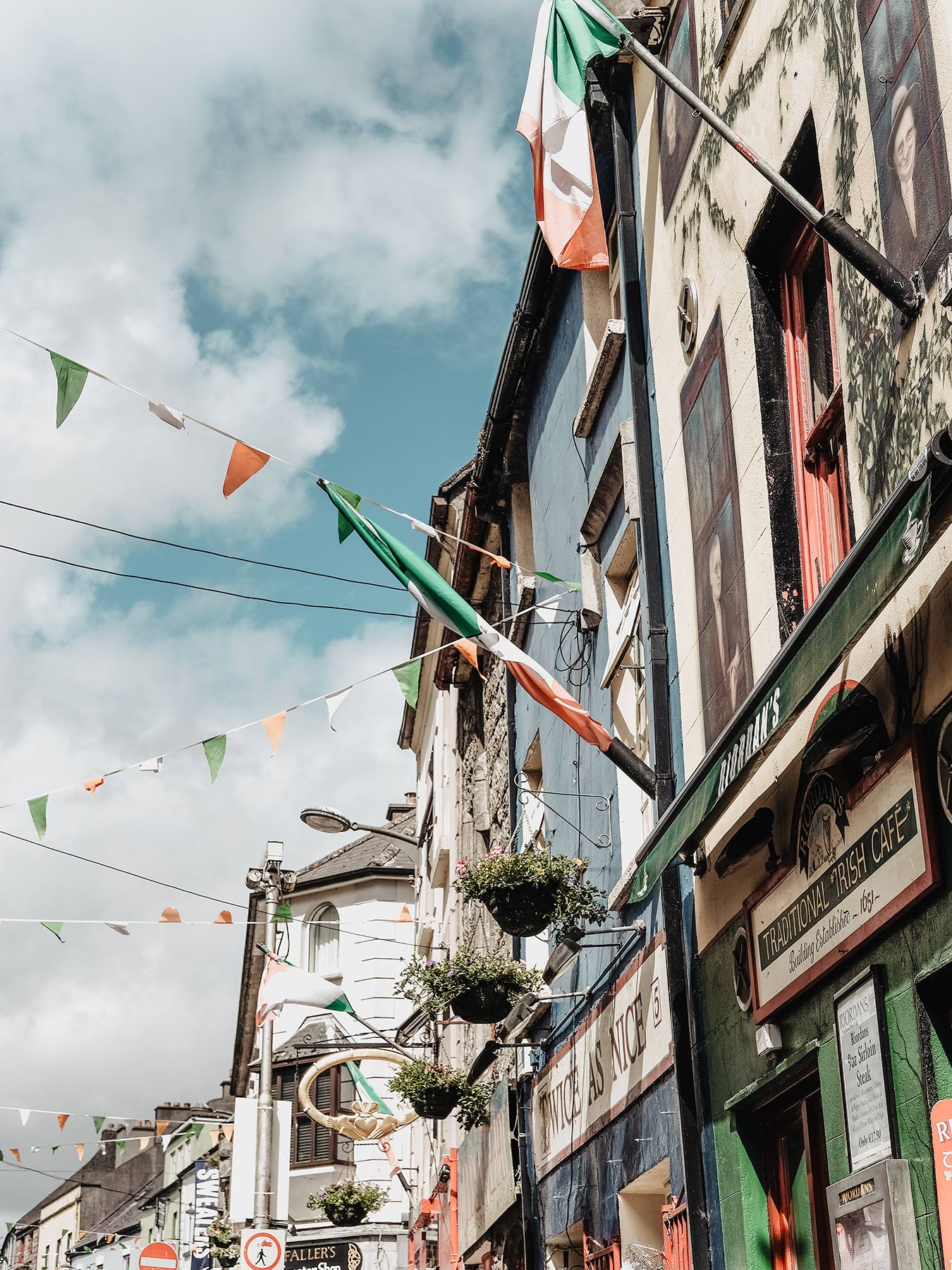With St. Patrick’s Day almost upon us, the usual Irish-themed traditions are out in force. There’s the wearing of green, the pinching of those not wearing green, and there are shamrocks emblazoned everywhere. As March 17th edges ever closer, and in celebration of the Emerald Isle and its patron saint, people the world over are learning how to be Irish.
Everyone knows the typical traditions and the more clichéd customs, like the dyeing of the Chicago River green which is by now over half a century old. In this article, we’re going to hone in on some of the more obscure St. Patrick’s Day phenomena, which range from giant shamrocks in the Midwest to the national dress of a Caribbean island. So don your woolly Aran Island sweater and witness the gift of the gab in action, because we’re about to share a wealth of information about the more unusual St. Patrick’s Day traditions…
From Arkansas…
While St. Patrick’s Day is obviously an event that originated in Ireland, the first St. Patrick’s Day parade was actually held in New York City in 1762. Almost three hundred years later, this tradition continues in the U.S., with a particularly notable example taking place in Hot Springs, Arkansas, home to the ‘World’s Shortest St. Patrick’s Day Parade.’
Christened in the 1940s by Ripley’s Believe It or Not as the ‘world’s shortest street in everyday use,’ the 98-foot long Bridge Street has managed to hold onto its title despite strong competition from other small streets and tiny towns. Perhaps this is because the street plays host to a world-famous Paddy’s Day parade, the shortest in the world, where music is played, cheerleaders perform, and a series of floats provide on-street entertainment. The ‘World’s Tallest Leprechaun’ is a suitably game host, and the ‘World’s Largest Potato’ has even rumbled through town in the past.
If you’re still not excited by the prospect of attending this Arkansas festival, then you must be made of stone! But then again, that might be an advantage, considering the Blarney Stone Kissing Contest that takes place every March 17th. $100 is offered to whoever can most creatively romance the stone outside the Hot Springs Convention Center, so you had best get practicing!
and Nebraska…
Here’s the other end of the scale. Just two states away, in Holt County, another size-related, Irish-influenced attraction can be seen. The city of O’Neill, Nebraska was founded in 1874 by John O’Neill, who had emigrated from Ireland and fought in the American Civil War. In homage to the city’s origins, a large shamrock – indeed, the world’s largest – was painted onto the ground in 1993.
Situated at the intersection of Fourth and Douglas Streets, the shamrock has, over time, evolved into a kind of concrete pedestal, and its outline is even visible on Google Maps! On St. Patrick’s Day, celebrations are held that include a parade and a reading of Dr. Seuss’s Green Eggs and Ham. Weddings and proposals have even taken place on the shamrock, and an O’Neill Family Gathering is taking place on the site in 2021.
Remember, too, that when you head over to O’Neill on March 17th, what you’ll see is a shamrock and not a four-leaved clover. The latter is a quaint lucky charm, but it’s the former that’s the true symbol of Ireland and St. Patrick.
to Wisconsin…
Due to the influence of British settlers in the 17th and 18th centuries, it’s no surprise that many place names in the U.S., like New York and New Hampshire, have their origins in England. But for a week in March every year, a city in Wisconsin takes inspiration from another island across the Atlantic.
Originally organized in the 1980s by the Shamrock Club of New London (a society that brings together people of Irish descent, or people who wish they were of Irish descent), the city changes its name to ‘New Dublin’ in the days after St. Patrick’s Day, enlisting a group of leprechauns to alter street signs and welcome notices across the locality. Less than 20% of the 8000-strong community have Irish ancestry, but nonetheless, the celebrations attract a range of Celtic-inspired musicians and street performers.
That band of merry mini-mercenaries does more than change signs on the highway, by the way. The leprechauns entertain kids, visit the elderly and local businesses, and generally spread the luck of the Irish to the New Dubliners.
… and Montserrat!
Surely the most fascinating piece of trivia about St. Patrick’s Day is the fact that Ireland, the land of saints and scholars, is twinned with Montserrat, a small Caribbean island. Other than Ireland, Montserrat is the only other place in the world that celebrates St. Patrick’s Day as a national holiday, and the significance of St. Patrick’s Day can be plainly seen in Montserratian history and culture.
The Irish population of Montserrat was, in the 18th century, largely composed of indentured servants or those who had been transported from English and Irish institutions. There were also West African slaves and predominantly British planters, and in 1768, the slaves rebelled against the British authorities, timing their revolt to coincide with the St. Patrick’s Day revelries. The rebellion was quashed, but the event holds an important place in the collective memory of Montserrat.
Recently, government agencies and tourist organizations have been working to develop the shared connections between Montserrat and Ireland, so the scale of the celebrations is sure to keep growing in the future. Right now, the week-long festivities consist of dinners, dancing, public talks, and a parade in national dress (which is green, white, and gold, like the Irish flag).
We hope you’ve enjoyed our rundown of the more unusual St. Patrick’s Day celebrations, but they’re only the ones we’ve heard about. What kinds of things do you and your family or community do? Do you paint yourself green, or dress the mayor up as St. Patrick? Let us know in the comments below!

Eoin is a Content Specialist at Zazzle in Cork. He’s recently bought a house with his fiancée, and thus most of his time these days is spent trying to keep the walls from caving in and the wolves from the door. Still, he’s always open to book, game, and movie recommendations, so if you have some, let him know: he’ll add them to a very, very long list.




